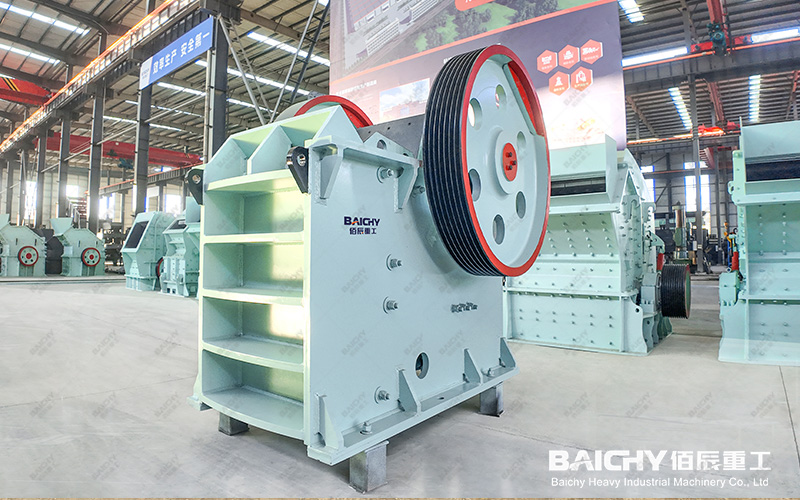
Mining crusher equipment is an important mechanical equipment used in mining and stone processing industries. It is mainly used to crush large pieces of ore, rock or other hard materials into smaller particles or stones for further processing or use in construction, road construction and other fields. The following are some common mining crusher equipment and their characteristics:
1. Jaw Crusher:
Working principle: squeeze and crush materials through the relative movement between the moving jaw and the static jaw.
Features: simple structure, reliable operation, large crushing ratio, easy maintenance, widely used in various mines and stone production lines.
2. Impact Crusher:
Working principle: use the high-speed impact of the plate hammer and the rebound effect of the impact plate to crush materials.
Features: high crushing efficiency, good product particle shape, good selectivity, suitable for medium-hard and soft materials.
3. Cone Crusher:
Working principle: crush materials through the relative movement between the conical crushing wall and the mortar wall.
Features: strong crushing capacity, uniform product particle size, low energy consumption, suitable for crushing materials with medium or higher hardness.
4. Hammer Crusher:
Working principle: Use high-speed rotating hammers to impact materials for crushing.
Features: High crushing efficiency, simple structure, easy operation, suitable for crushing brittle materials.
5. Roller Crusher:
Working principle: Crushing materials by squeezing between two relatively rotating rollers.
Features: Uniform product size, less wear, less over-crushing, suitable for materials below medium hardness.
When selecting mining crusher equipment, it is necessary to comprehensively consider factors such as the nature of the material, production scale, crushing requirements and economic cost. At the same time, the installation, commissioning, operation and maintenance of the equipment also need to strictly comply with relevant regulations and standards to ensure the normal operation of the equipment and production safety.











